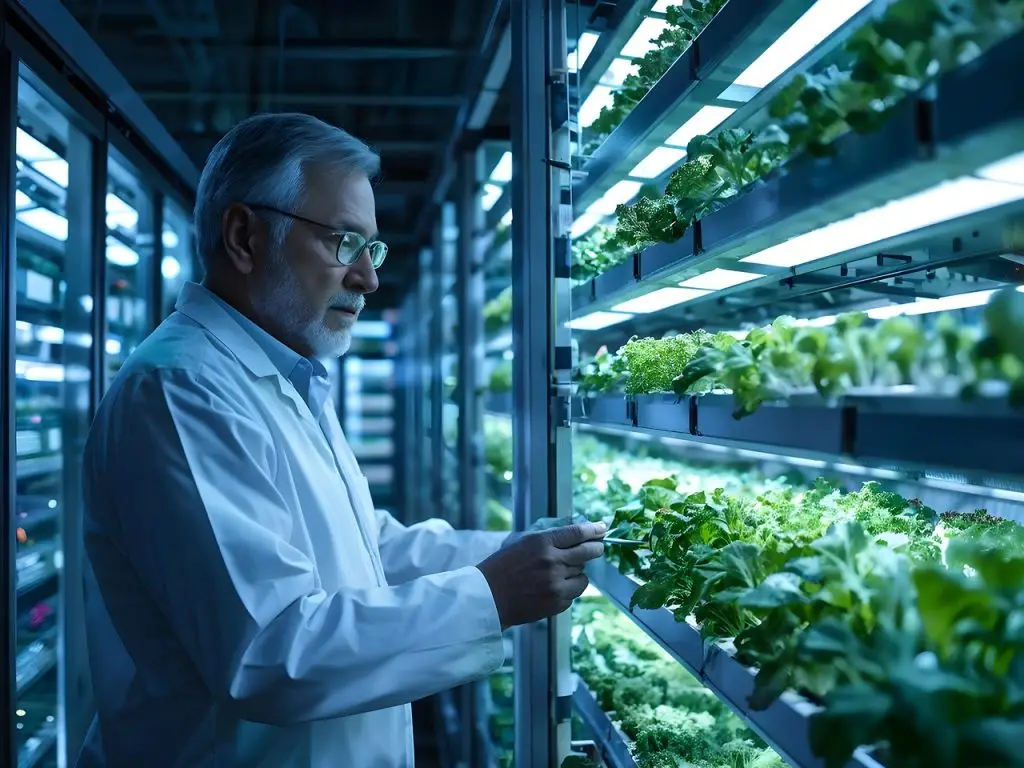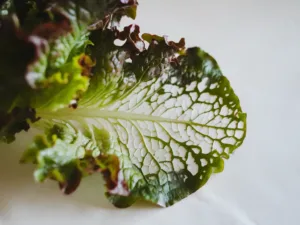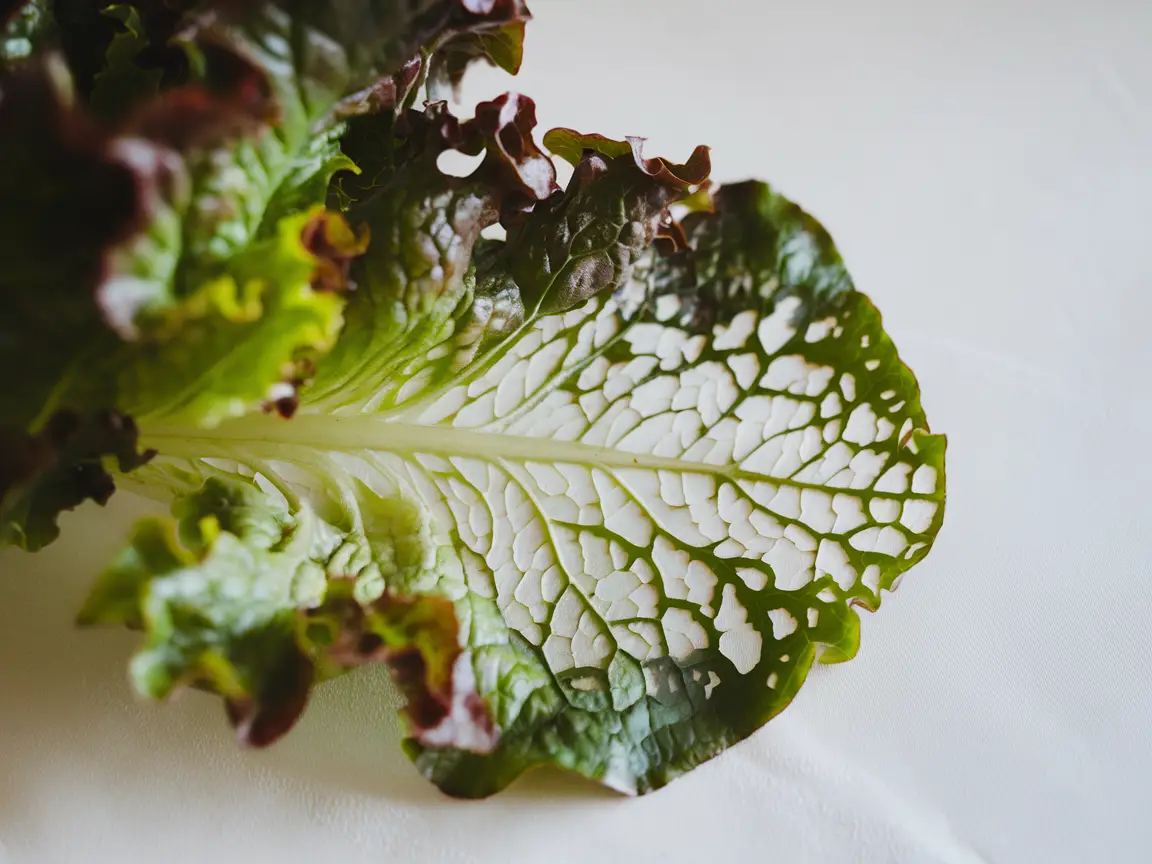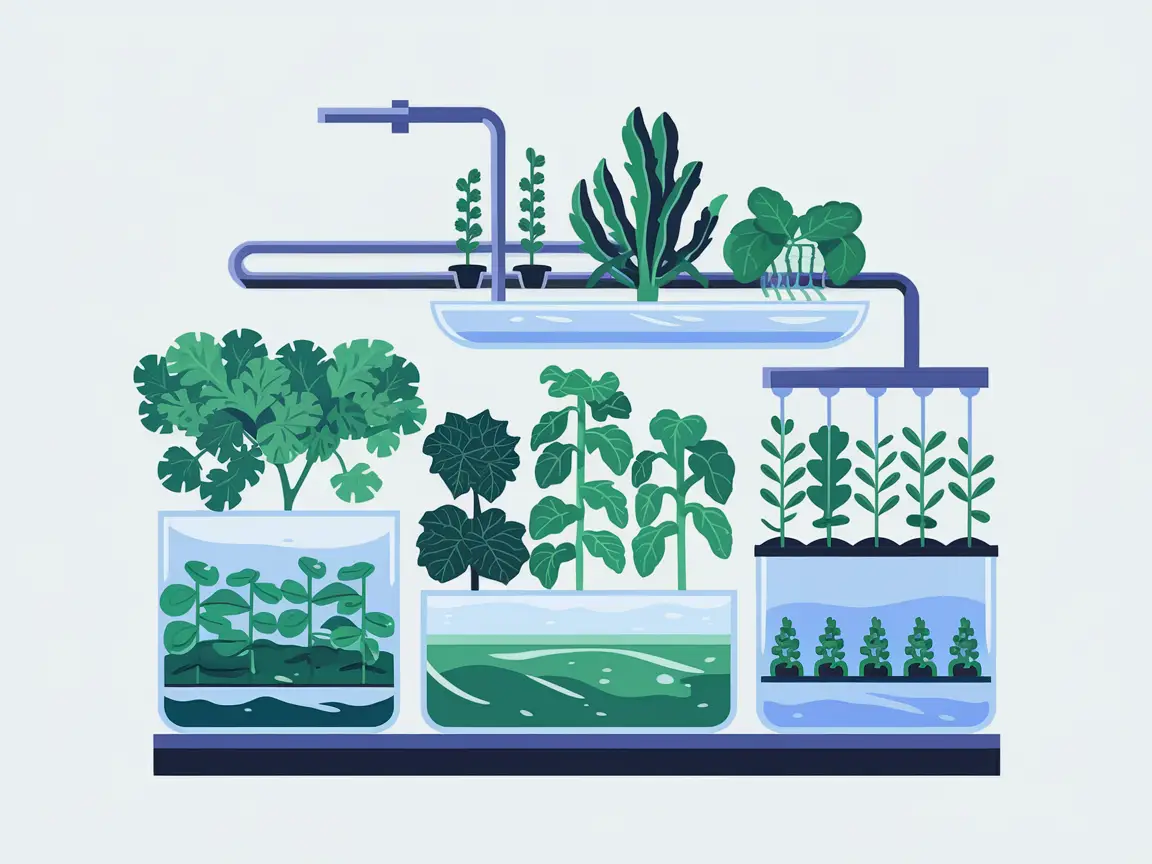What is Vertical Farming?
The advantages of hydroponics for Vertical Farming are that that they enable the innovative cultivation method where plants are grown in vertical layers stacked one above the other. This technique maximizes the use of available space and allows for higher production capacity on a small area.
This method utilizes hydroponics, aquaponics, and aeroponics systems to make optimal use of the available space.
The term “Vertical Farming” is used worldwide, but other terms such as “Indoor Farming,” “Urban Agriculture,” “Controlled Environment Agriculture (CEA),” “Plant Factories,” and “Hydroponics/Aquaponics” describe similar concepts of vertical agriculture from various regional and technical perspectives. In Asia, terms like “Plant Factories” are common, while “Skyfarming” and “Green Skyscrapers” are more frequently used in Europe.
Advantages of Vertical Farming
Vertical Farming is based on hydroponic, aeroponic, or aquaponic cultivation methods. Therefore, the pros and cons of these systems are reflected in vertical agriculture. However, Vertical Farming offers some specific benefits:
Economic Advantages
- Increased Yields: The vertical layering allows for a larger quantity of plants to be cultivated on the same area, leading to a significant increase in production capacity.
- Reduced Transport Costs: Since Vertical Farms are often located in urban areas, the distance between production sites and consumers is minimized, resulting in lower transportation costs and a fresher end product.
Ecological Advantages
- Reduced Pesticide Use: With the controlled cultivation environment, plants are less frequently attacked by pests, which can significantly reduce the use of pesticides. This leads to healthier plants and less environmental pollution.
Social & Political Advantages
- Food Security: Vertical Farming allows for a constant, year-round production of fresh food, independent of seasonal and climatic fluctuations. This contributes to the stability and security of the food supply.
- Job Creation: The development and operation of Vertical Farms create new jobs in urban areas. Various professions, from technicians and engineers to agricultural scientists and sales personnel, benefit from this innovative cultivation method.
Challenges and Issues
Despite its many benefits, Vertical Farming faces some significant challenges:
- High Initial Investments: Setting up Vertical Farms requires substantial investments in technology and infrastructure. This can pose a financial barrier, especially for small businesses or startups.
- Energy Consumption: Operating Vertical Farms, especially lighting and climate control, consumes a lot of energy. This can increase operating costs and impact the environmental footprint unless renewable energy sources are used.
- Technical Expertise: The success of Vertical Farms relies heavily on the proper application and maintenance of technologies. There is a high demand for specialized knowledge and training.
- Cost-effectiveness: The high operating costs and pricing of end products can affect competitiveness compared to traditionally grown foods.
Are Vertically Grown Foods Organic?
Vertically grown plants have high nutrient content and generally do not require the use of pesticides or genetically modified organisms (GMOs). However, certification guidelines vary from country to country, so despite their high quality, organic certification may not always be possible. One reason is that many guidelines were created when Vertical Farming was still not very advanced or widespread. In Germany, vertically grown plants cannot be certified as organic, while in the United States, they may be recognized as “organic.”









